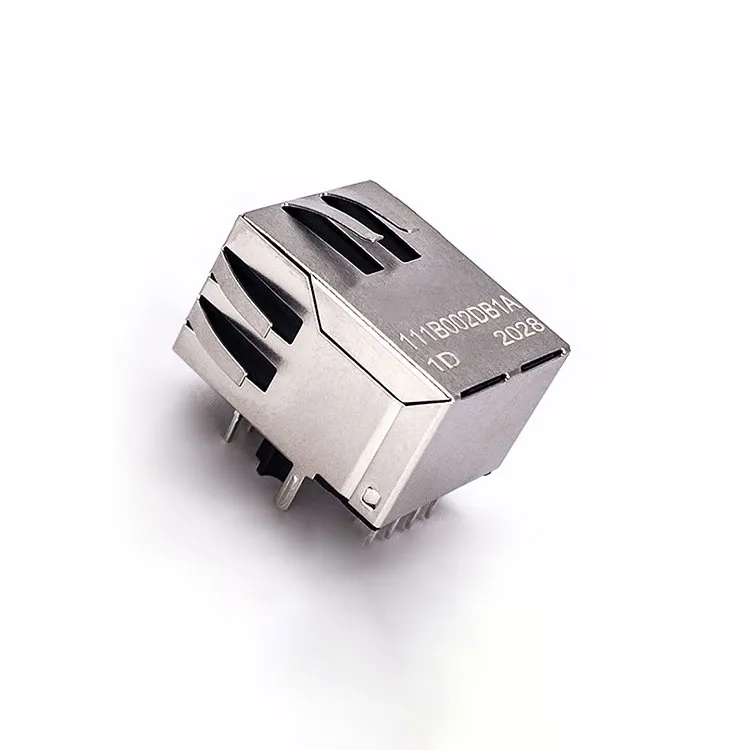Common Faults of Aviation Connectors and Solutions for Disassembly
Aviation connectors, also known as aviation plugs, are critical interconnection devices widely used in various fields, including aerospace, smart manufacturing, industrial automation, rail transportation, medical equipment, and telecommunications infrastructure. In daily use, certain faults may arise. DIMUD will walk you through some common faults with aviation connectors, along with their solutions and disassembly techniques.
Common Faults of Aviation Connectors and Their Solutions
Aviation connectors play a vital role in the field of industrial automation by linking circuits and transmitting signals, which demands higher standards of quality, stability, and safety. However, due to their exposure to extreme conditions such as high and low temperatures, hydrolysis, corrosion, UV radiation, bending, wear, or cable drag chains, as well as improper maintenance, aviation connectors are susceptible to faults that can affect the electrical performance of the equipment. So, how should we address these issues?
- Loose or Unstable Connections:
Aviation connectors can sometimes experience loose or unstable connections due to improper locking mechanisms such as threaded connections, latches, or push-pull self-locking designs. To resolve this, the first step is to check for dirt, corrosion, or debris between the plug and socket and clean them promptly. Then, try slightly adjusting the position of the plug to improve contact between the plug and socket. If the problem persists, it may be necessary to replace the plug or socket.
- Circuit Breakage or Short Circuits:
Circuit breakage often results from poor internal wiring or broken wires inside the plug or socket. To solve this issue, check whether the wires are intact. If a wire is found to be broken, it should be re-soldered or replaced according to the wiring method of the aviation connector. Short circuits are typically caused by internal wiring touching other wires or metal components. The first step in resolving this is to verify the correct installation of the wires. If any wires are found to be in contact with each other, adjust their positions to ensure they maintain proper spacing.
- Signal Transmission Issues or Signal Loss:
These problems usually stem from damage or corrosion of the internal contact components of the connector. The solution is to first inspect the metal contacts inside the aviation connector and socket for any damage. If the pins or sockets are damaged, a new connector should be installed. If there is corrosion, specialized cleaning agents can be used to clean the connector, and fine sandpaper can be used to gently remove the corrosion. Additionally, check the contact points between the plug and socket; if necessary, apply conductive grease or conductive adhesive to improve signal transmission reliability.
- External Damage, Such as Shell Cracks or Deformed Contact Points:
To address external damage, first inspect the plug's shell for any cracks. If the crack is severe, the plug should be replaced. For deformed contact points, tools can be used to gently adjust the contact points to ensure that the plug fits properly into the socket.
How to Disassemble Aviation Connectors
When faults occur, it may be necessary to disassemble the connector. Here’s a guide on how to disassemble an aviation connector:
- Identify the Type of Connector:
Aviation connectors come in various types, such as circular connectors, rectangular connectors, D-type connectors, etc. The disassembly method will vary depending on the type of connector.
- Identify the Connection Method:
Connectors may use thread connections, latch connections, or push-pull connections, each requiring a different disassembly technique.
- Prepare Tools:
Depending on the connector type and connection method, you may need specific tools such as wrenches, screwdrivers, or latch tools.
- Disassemble the Connector:
Using the appropriate tools, begin disassembling the connector. Generally, you will first need to remove the external shell of the connector, followed by the disassembly of the internal components.
- Check the Wiring Method:
Depending on whether the cables are soldered or use screw terminals, different maintenance procedures will be required. Soldered connections may require a more intricate process, including replacing the connector, while screw terminals can usually be maintained by simply unscrewing the terminals and re-pressing them.
It's important to approach disassembling aviation connectors with caution to avoid damaging the connector or causing safety issues. If you’re unsure of how to proceed, it is recommended to seek help from a professional. Additionally, when selecting aviation connectors, choose products from reputable manufacturers with excellent quality and technology to ensure reliable and durable equipment connections.
To find products and services more accurately, please try entering keywords for search.
For more product and service content, please contact us and send an email to sales@dimud.com.
We sincerely look forward to connecting with you!


